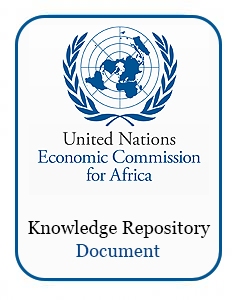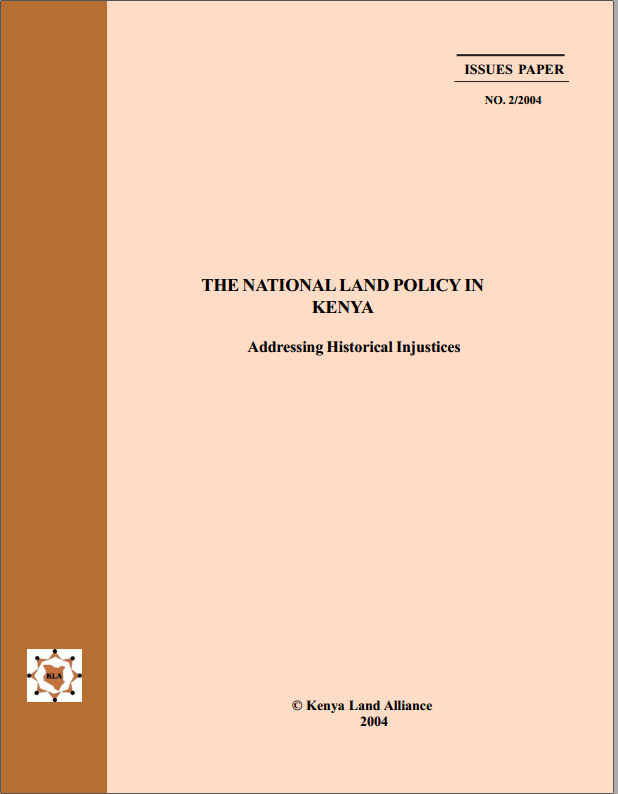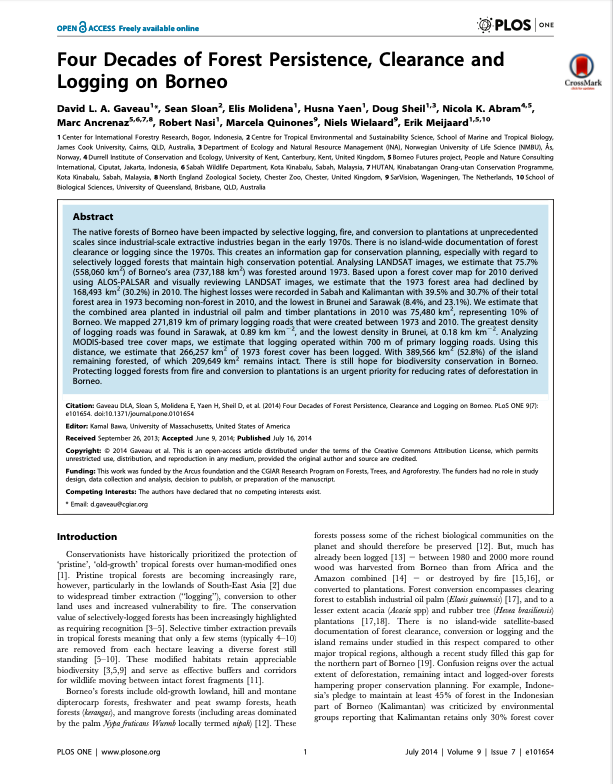Vie rurale et action communautaire : résolution 117 (VI) adoptée par la commission à sa 113ème séance plénière le 2 mars 1964
La vie rurale et de d'action communautaire en tant que moyen de promouvoir le développement economique et social des populations rurales avec leur participation effective.







